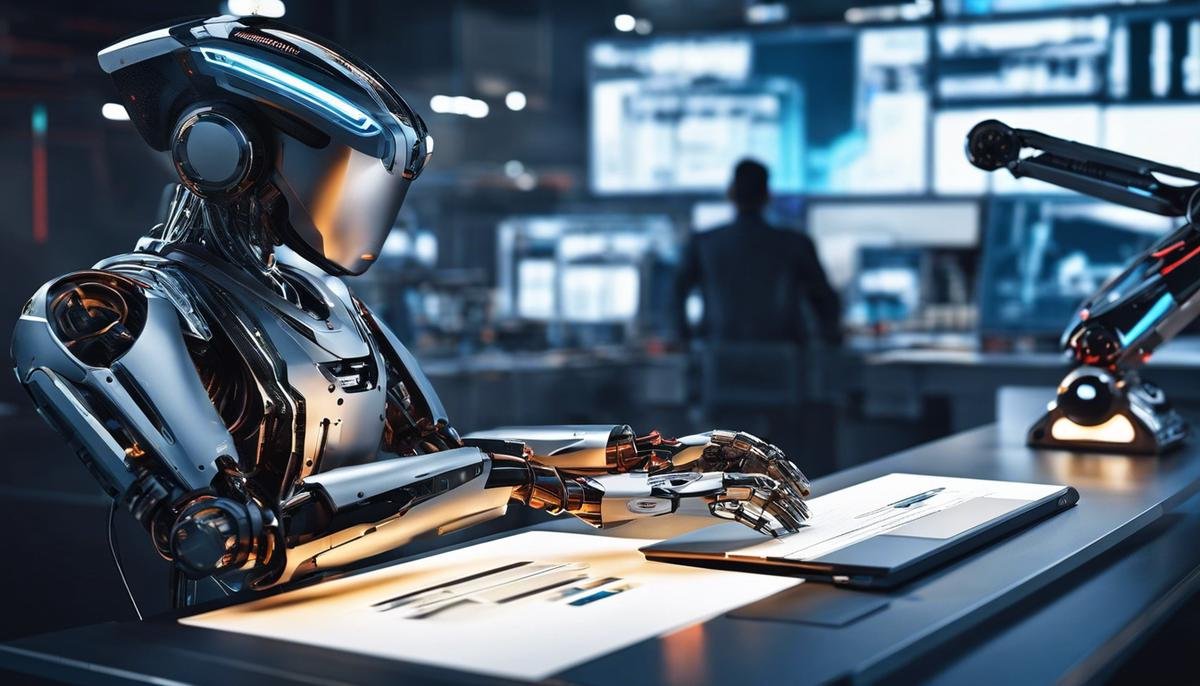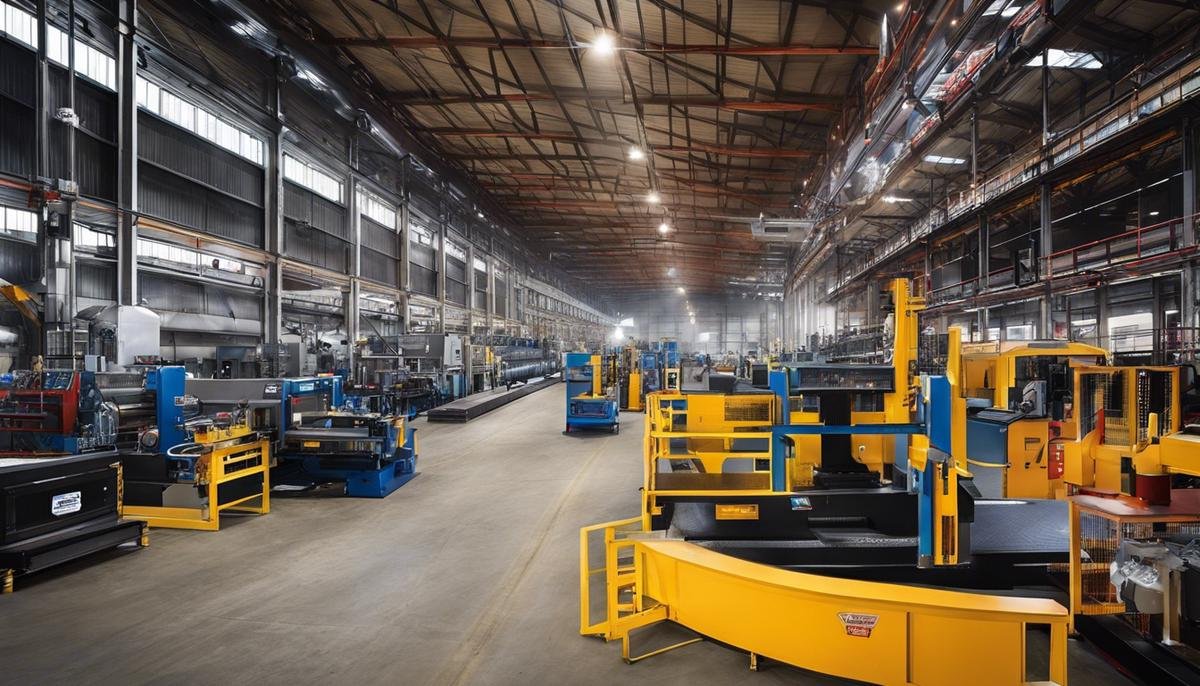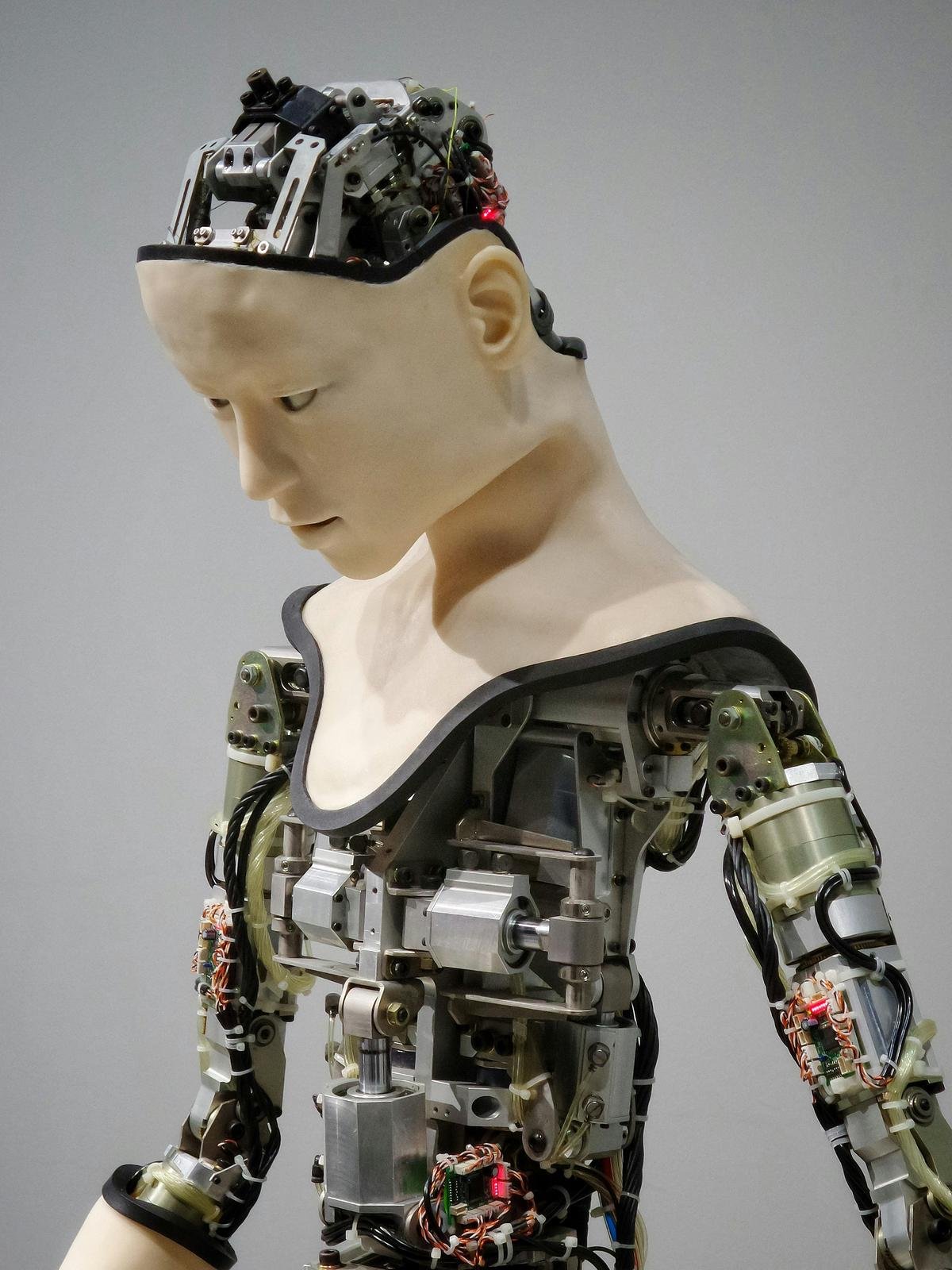The digital age has ushered in transformative technologies that reimagine the boundaries of automation and efficiency, with AutoGPT technology standing at the forefront of this revolution. At its core, AutoGPT is a convergence of machine learning, natural language processing, and cutting-edge algorithms, all woven together to create an artificial intelligence system capable of tasks that were once considered strictly human domain. As we embark on this exploration, we’ll uncover the intriguing facets of AutoGPT, envisaging its role as a pivotal tool that is not only streamlining operations across various industries but also redefining what is possible in the sphere of automation.
Understanding AutoGPT Technology
AutoGPT: Revolutionizing Automation with Cutting-Edge AI
In the rapidly evolving landscape of tech innovations, AutoGPT stands out as a game-changer in automation. But what exactly is this buzzworthy tool transforming how we approach tasks traditionally done by humans?
AutoGPT is essentially a branch of generative artificial intelligence that is designed to automate complex processes. It is built upon the architecture of GPT (Generative Pretrained Transformer), an AI model known for its ability to understand and generate human-like text. This technological powerhouse leverages machine learning to perform a wide range of tasks, from writing code to creating content, and even handling customer service inquiries.
So, how does it work? AutoGPT is trained on vast datasets, allowing it to recognize patterns and predict outcomes. Think of it as a supercharged virtual assistant that not only understands instructions but also anticipates needs and executes tasks efficiently. Its versatility makes it a robust tool for businesses and tech aficionados alike.
One of the critical aspects that makes AutoGPT transformative is its ability to learn and adapt. Unlike traditional automation tools that follow strict rule sets, AutoGPT evolves with each interaction, continuously enhancing its capabilities. This means it gets better at its job the more it’s used, ultimately leading to higher efficiency and productivity.
In practice, AutoGPT can be applied to a multitude of scenarios. For instance, in software development, it can generate code snippets, debug existing code, and even automate testing. In content generation, AutoGPT can write articles, craft marketing copy, and customize content to audience preferences, all at an unprecedented scale.
What truly sets AutoGPT apart is its potential to democratize programming and content creation. With a tool that can understand and execute complex tasks, users with limited technical expertise can achieve results that would have previously required a specialist. It’s not just about saving time; it’s about unlocking new possibilities.
In the context of customer service, AutoGPT’s impact is also significant. By automating responses to common queries and troubleshooting typical issues, it allows human customer service representatives to focus on more complex and nuanced cases. It’s about enhancing the quality of service, not replacing the human touch.
Moreover, AutoGPT is not confined to the digital realm. Its principles can be integrated into physical robots, enabling them to interact more naturally with their environment and carry out tasks with a degree of autonomy previously unattainable.
To wrap up, AutoGPT is not just another tech fad, it’s the future of automation. It’s an AI powerhouse capable of handling complex tasks with ease, learning on the go, and opening up new avenues for innovation and efficiency. This is just the beginning, and the implications for virtually every industry are monumental.
Embrace the auto revolution. Embrace AutoGPT.

Real-world Applications of AutoGPT
AutoGPT is not just a concept; it’s a reality that’s changing the game in various sectors. This tech marvel is rapidly transforming industries by taking on tasks that were once thought to be solely in the human domain.
In the healthcare sphere, AutoGPT is instrumental. It’s aiding in the analysis of medical records to predict patient outcomes and personalize treatments. It’s simplifying lab work too. Imagine a system that can understand, interpret, and even act on the complex and nuanced information found in a patient’s file!
Education is another field reaping the benefits. AutoGPT is aiding in personalized learning by adapting materials to fit students’ unique learning styles. It’s chipping in on administrative tasks, giving educators more time to teach and inspire our future leaders.
Languages aren’t a barrier anymore, thanks to AutoGPT’s translation capabilities. With its help, posts and messages can be instantly translated, breaking down communication walls that stand in the way of global business.
Speaking of business, finance is on the AutoGPT bandwagon too. It’s optimizing data analysis for investments and providing better market predictions. Goodbye gut feelings, hello data-driven decisions!
For creatives, AutoGPT is a collaborator. It helps design websites, apps, and even suggests improvements. Graphic designers are using it to churn out preliminary designs, cutting down the time to create.
In the retail world, AutoGPT is personalizing shopping experiences like a pro. It’s analyzing shopping habits to suggest products that’ll likely make it into the cart. Even better, it’s revolutionizing inventory management, saving businesses both time and money.
Transportation and logistics are smoother with AutoGPT. By optimizing routes and maintenance tasks, this AI-powered assistant ensures that goods reach their destination efficiently.
In the legal field, AutoGPT is a rising star in document analysis, helping to sort through mountains of legal text for relevant information, saving lawyers countless hours.
Automation and AI are unstoppable when paired with AutoGPT, providing endless possibilities. As it evolves, expect even more ingenious adaptations in the nooks and crannies of all industries. The impact of AutoGPT is substantial today, and its potential for tomorrow? Boundless. Keep your eyes peeled, tech enthusiasts—AutoGPT is on an unstoppable rise!

The Integration Challenge
In the quest for maximum efficiency and non-stop innovation, businesses are faced with the constant challenge of integrating advanced technologies efficiently into their existing systems. AutoGPT has been a game-changer, bringing about the next evolution in automation. So how can businesses, big or small, make AutoGPT a part of their operational backbone? Here’s a guide for a seamless transition.
First, it’s essential to assess existing processes and pinpoint areas ripe for automation. AutoGPT shines in repetitive, high-volume tasks. Therefore, conduct an audit to find such pockets within your organization, be it in report generation, data analysis, or email triaging.
Next, gather a team of tech-savvy members who understand the ins and outs of your current systems. Having an internal team on board who can bridge the gap between AutoGPT’s capabilities and your company’s needs is pivotal. This team will play a crucial role in deployment and thereafter in training other members.
Now that you know where and who, it’s time to create a detailed integration plan. This should cover technical requirements, timelines, and resource allocation. Remember, deploying AutoGPT isn’t an overnight affair; it’s a systematic process. Have clear short-term and long-term goals set out.
One can’t stress enough the importance of data. AutoGPT feeds on data to learn and improve. Ensure that your data is clean, structured and accessible. This saves time and effort in training AutoGPT and helps avoid a junk-in-junk-out scenario.
In parallel, address the cyber elephant in the room: security. Integrate AutoGPT into your cybersecurity protocols and data protection frameworks to safeguard sensitive information, an often-overlooked but critical step.
Furthermore, pilot programs can serve as a controlled test for AutoGPT’s alignment with business objectives. Choose a low-risk, high-reward area and let AutoGPT take the reins. Pilots help in gaining insights on the practical application and also act as a great selling point to onboard stakeholders.
What about after the deployment? Continuous monitoring and fine-tuning are a must. AutoGPT will evolve with your business, but it does require oversight to ensure it’s on the right path. Set up periodic checks to evaluate performance and gather feedback for improvements.
Lastly, keep abreast with updates and community developments around AutoGPT. Technology is a fast-paced arena; staying informed ensures that your business doesn’t miss out on enhancements that can drive further growth.
In essence, integrating AutoGPT seamlessly into your systems is a methodical approach that demands attention to detail, strategic planning, and an open mind toward cultural shifts in work processes. With these steps, a business can transform itself into a well-oiled machine, empowered by the limitless potential of AutoGPT.

The Future of AutoGPT and Ethical Considerations
As technology enthusiasts eagerly gaze into the crystal ball to predict the future of AutoGPT, it’s crucial to balance excitement with prudence. This AI marvel, primed to push the boundaries of what machines can do, teeters on the precipice of ethical conundrums that warrant a sober conversation.
With AutoGPT crafting code, orchestrating virtual customer service agents, and personalizing your shopping experience, every inch of progress inches us closer to a reality where human oversight blends with automated intelligence. In healthcare, AutoGPT might soon diagnose from symptoms and patient history, while in education, it could tailor learning experiences to the individual student’s pace. The promise of removing language barriers through near-instant translation has never been closer within grasp, while financial analysts may soon lean on this tech to navigate market complexities.
Creativity isn’t spared either; web design and app development can rejoice in newfound AutoGPT comrades delivering rapid prototypes. Retailers can sleep easy with inventory management and personalized shopping experiences running on autopilot. Even the realm of logistics stands to be revolutionized with AI-piloted efficiency. And yes, the dry world of legal document analysis might soon be AI’s new playground, adding a layer of precision and speed hitherto unseen.
But now, let’s shift gears to plant our feet firmly on the ground. AutoGPT, though brilliant, stirs a pot of ethical considerations that must be closely examined. The most glaring issue is privacy – as AutoGPT assimilates tons of data to operate with finesse, the custodianship of that data comes under scrutiny. Personal and sensitive information is gold in the digital age, and proper mechanisms must be in place to ensure that this gold doesn’t end up in the wrong hands.
As the line blurs between manually-crafted and AI-generated content, we must also consider the authenticity and originality of what AutoGPT produces. Creative industries, in particular, face the ethical dilemma of defining what truly belongs to the human creator, and what is the product of an AI’s ‘imagination’.
Bias, the sneaky stowaway in every data-driven model, cannot be ignored. AutoGPT models trained on skewed datasets can amplify societal prejudices, leading to discrimination. The AI community must take pains to debias data and ensure that AutoGPT applications are as objective as digital technology allows.
Lastp>ly, there’s the concern of job displacement. As with all industrial revolutions, new technology heralds shifts in the labor market. AutoGPT could potentially render certain jobs obsolete. The response should not be resistance, but rather thoughtful integration of technology with a commitment to re-skilling and educating the workforce.
Navigating the future of AutoGPT will require a blend of excitement for innovation and vigilance for ethical soundness. Integrating this transformative technology into the fabric of society mandates a community effort – involving policymakers, technologists, ethicists, and the general public. It’s a fascinating journey ahead, one filled with potential for extraordinary advancement and the necessity for equally extraordinary responsibility. Let’s step towards this future with our eyes wide open.

Photo by possessedphotography on Unsplash
AutoGPT technology stands at the precipice of a new era, where its impact on daily life and global industries can be profound and far-reaching. As we witness its continuous evolution, we must navigate the complexities of integration and grapple with the important ethical dimensions it presents. The responsibility lies with us to guide AutoGPT’s growth responsibly, ensuring that its advancements lead to the betterment of society and that we remain vigilant stewards of the delicate balance between human ingenuity and the power of artificial intelligence.




